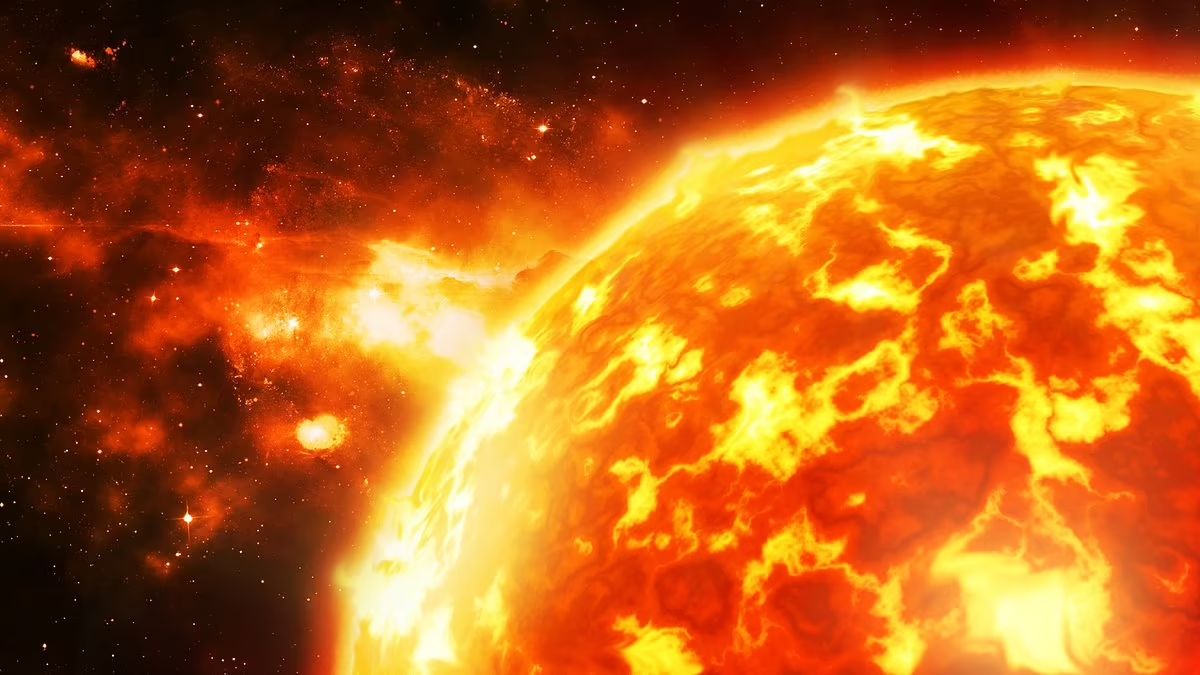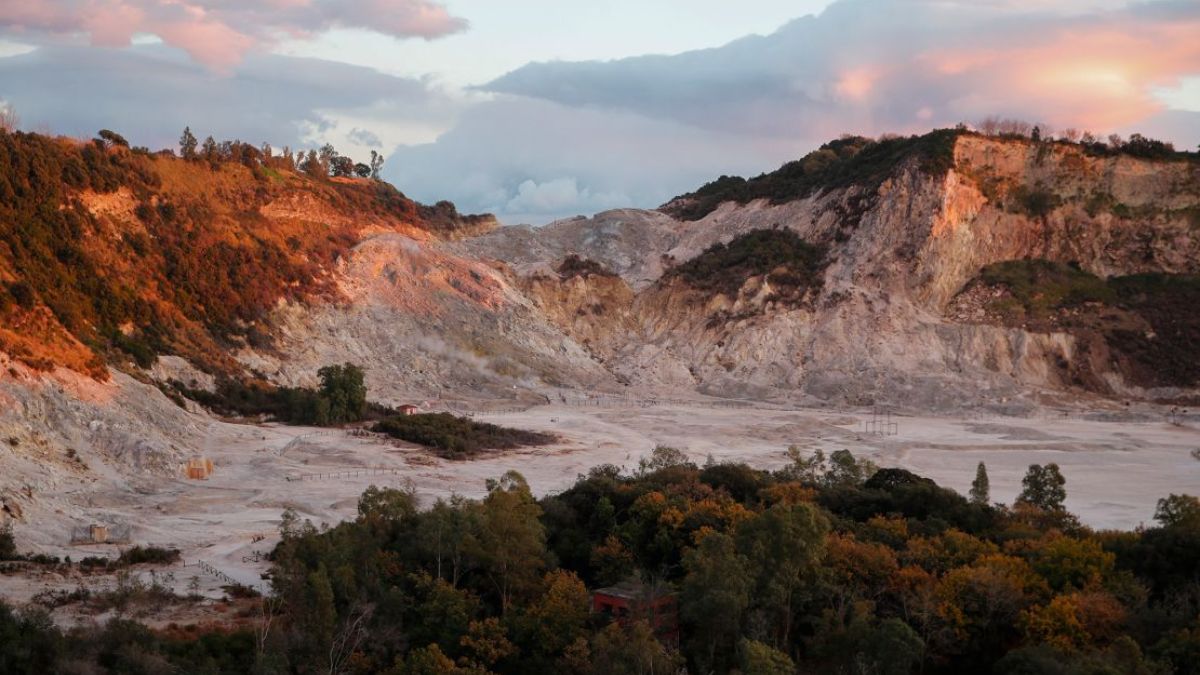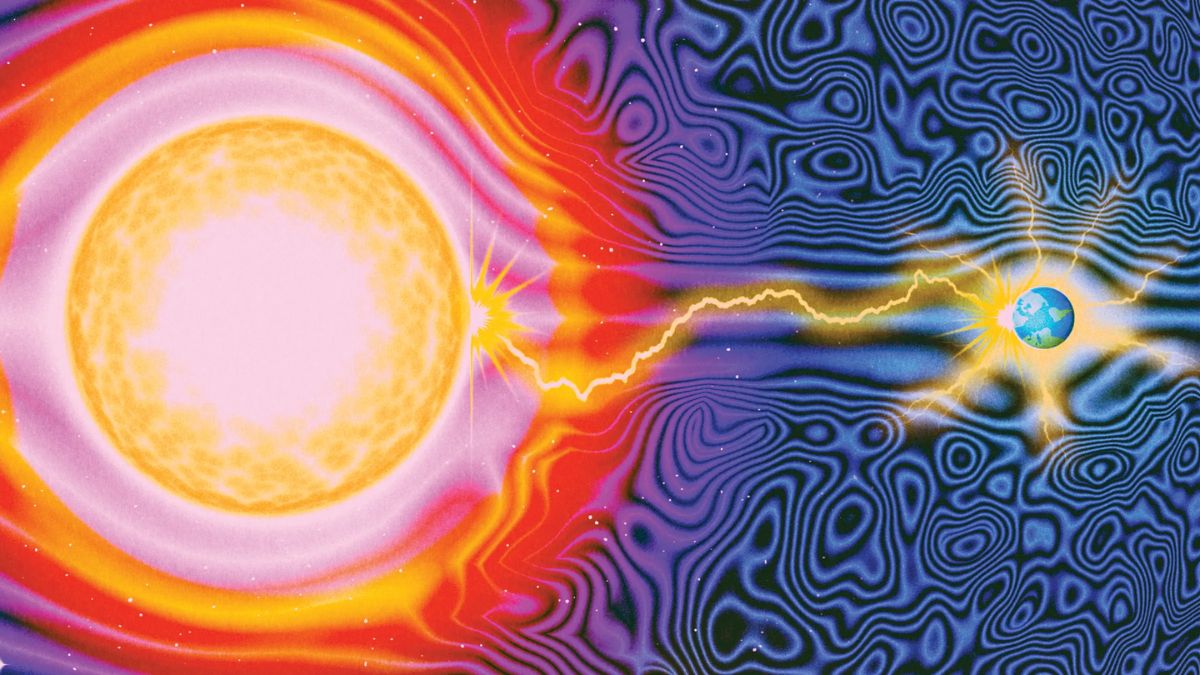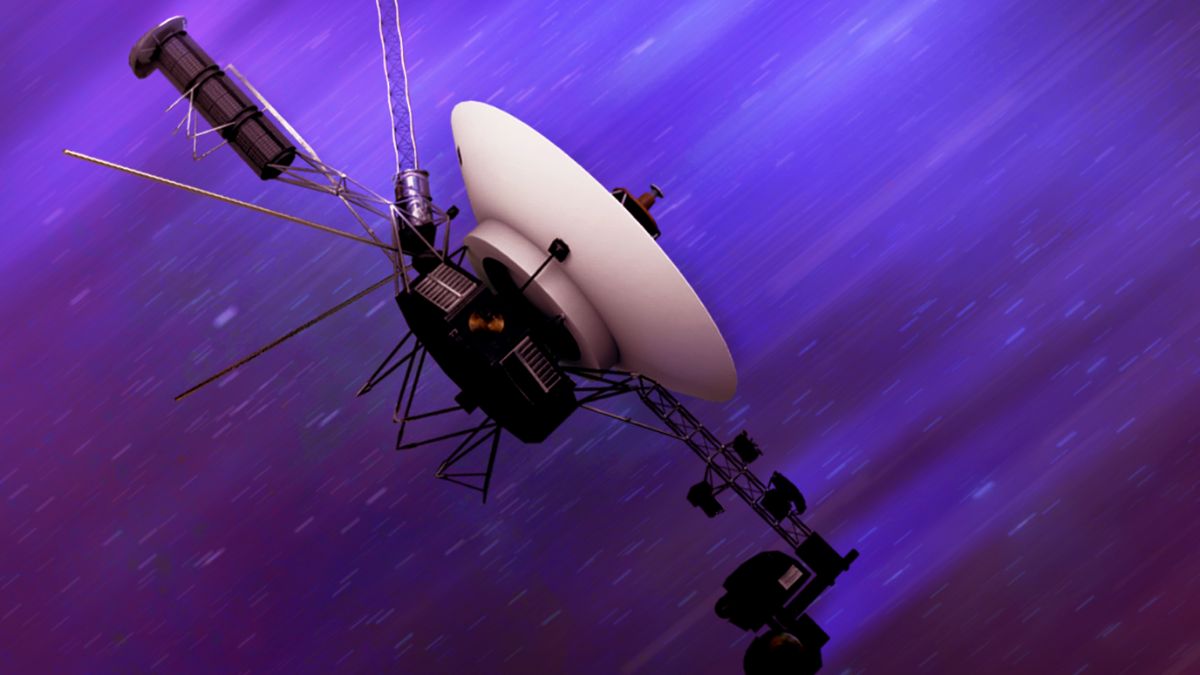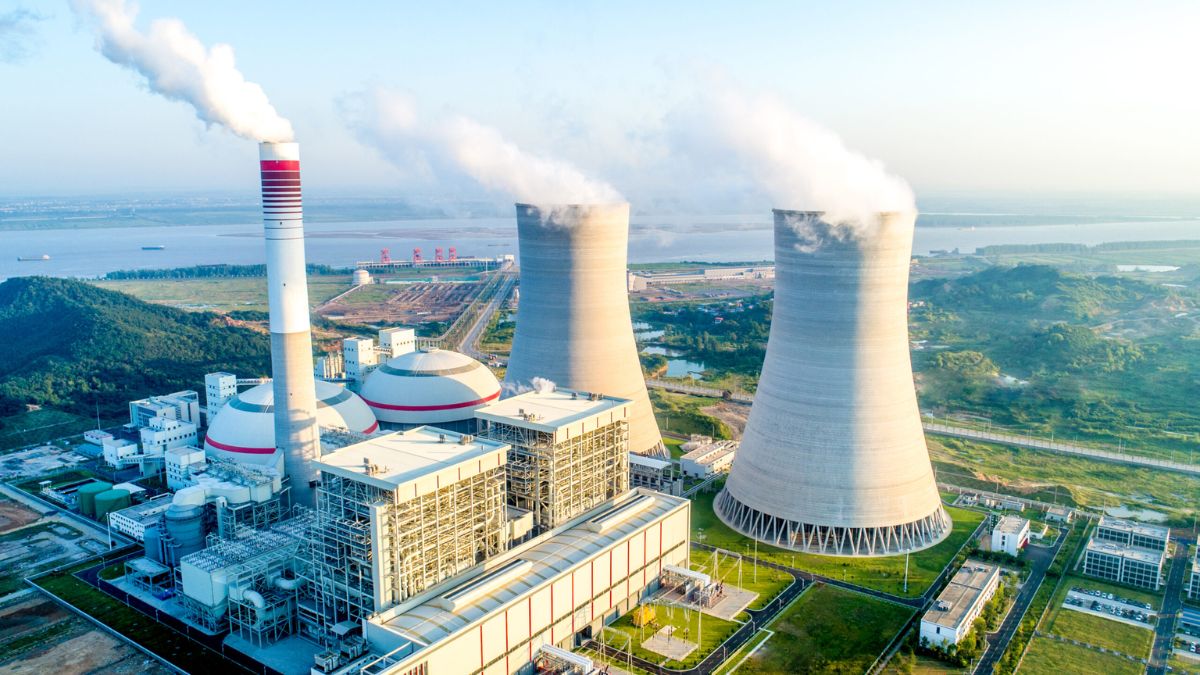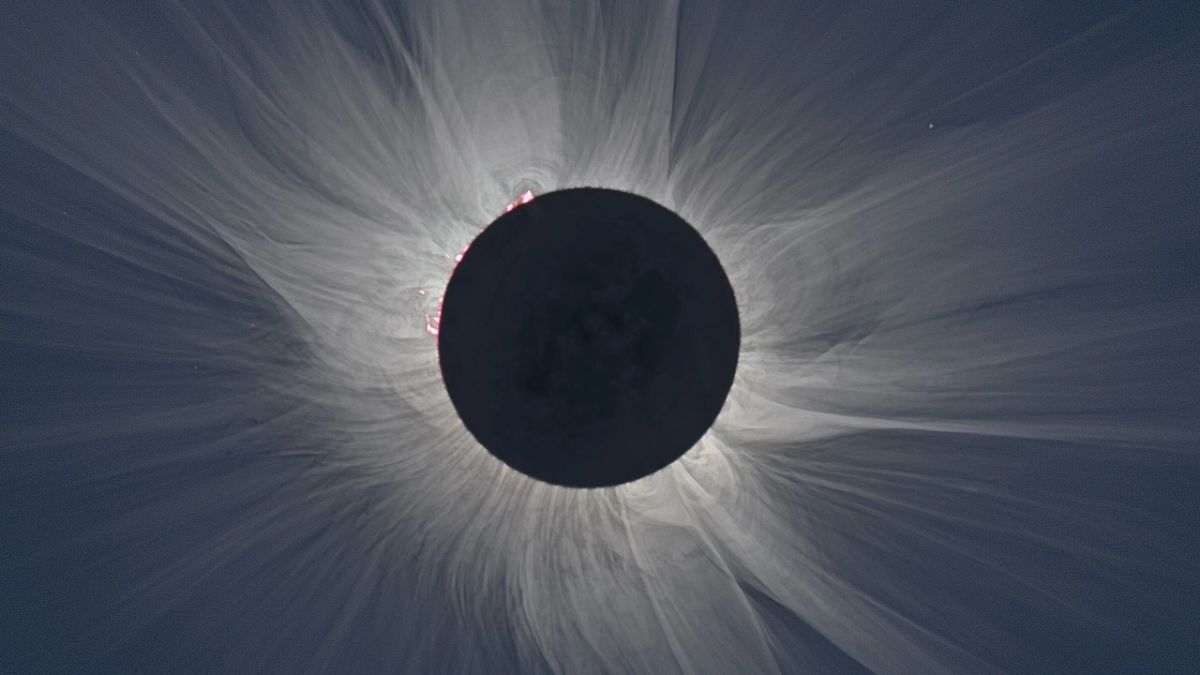Wednesday, May 14, at exactly 08:25 UTC, the Sun put on one of its most dramatic shows of the year. A powerful X2.7-class solar flare erupted from the Sun’s eastern edge, specifically from the very active region known as AR 4087. This was the strongest flare recorded in 2025 so far—and it definitely caught the attention of space watchers everywhere.
Captured by NASA’s Solar Dynamics Observatory, this intense burst of energy briefly impacted radio signals on the sunlit side of Earth. Still, according to NOAA, there were no major consequences this time. A few blips, a lot of excitement, but no global meltdowns—so we’re safe. But let’s break down what really happened and whether we should be bracing for the next one.
Solarflare
So, what exactly is a solar flare? In simple terms, it’s a giant explosion on the Sun caused by sudden changes in magnetic energy. When the magnetic field lines snap and reconnect, energy gets released in the form of light and radiation—like a solar temper tantrum.
These flares are a natural part of the Sun’s 11-year activity cycle. They mostly happen when the Sun is in its most energetic stage—called the solar maximum. And this particular one, the X2.7 flare, was a serious burst. The “X” class is the highest level on the solar flare scale, and the 2.7 makes it even stronger. So, yes, it was a big deal.
You may not have noticed it, but if your radio signal or GPS was acting weird around that time, now you know why.
CME
Now here’s where things get even more interesting—solar flares often come with a coronal mass ejection, or CME. Imagine a giant bubble of plasma and solar particles being hurled through space at millions of kilometers per hour. That’s a CME.
When these solar clouds hit Earth’s magnetic field, they can trigger geomagnetic storms, which are kind of like space weather hurricanes. These storms can cause everything from power grid interruptions to satellite hiccups. But they can also create something stunning: auroras.
Region4087
The flare originated from solar region AR 4087—kind of like a “continent” on the Sun. This region was especially fired up that day, producing not just the X-class flare but four other M-class flares (which are medium-level, but still powerful).
Think of region 4087 as a stormy patch on the Sun’s surface. It’s currently one of the most active spots in this solar cycle. And since we’re approaching the peak of Solar Cycle 25, we can expect more of these fireworks in the sky in the coming months.
Effects
So, what did this flare actually do to Earth? Thankfully, not much. NOAA reported minor radio blackouts in certain regions, but no lasting damage. Planes didn’t fall out of the sky, and your phone didn’t explode (even if it felt hot from scrolling too much).
That said, strong flares and CMEs can mess with satellites, high-frequency communications, and even power systems—if they’re aimed directly at Earth. But this one was off to the side, so we just got the edge of it.
Worry
Now the big question—should we be worried about these solar flares? Short answer: not really. Unless you work in aviation, satellite tech, or space exploration, there’s not much you need to do about them.
They’re monitored closely by agencies like NASA and NOAA, and any real danger would be communicated early. For now, it’s more of a curiosity than a crisis. So, no, it’s not the end of the world… yet.
Auroras
One of the best parts about these solar outbursts is the side effect: auroras. You’ve probably seen those dreamy Instagram posts of green and purple lights dancing across the sky. That’s the result of solar particles hitting Earth’s atmosphere and releasing energy in the form of light.
This happens near the poles, which is why places like Norway, Canada, and even Scotland get front-row seats. So if you’ve ever wanted to witness the Northern or Southern Lights—now’s a great time to start planning.
Here’s a quick look at the May 14 flare:
| Detail | Information |
|---|---|
| Flare Type | X2.7-class (highest energy level) |
| Date & Time | May 14, 08:25 UTC |
| Source Region | AR 4087 (eastern edge of Sun) |
| Impact on Earth | Minor radio blackouts |
| Coronal Mass Ejection | No major CME impact |
| Earth Threat Level | Very low |
| Auroras Visibility | Possible in high-latitude regions |
Peace
The Sun might be unpredictable, but it’s also essential to life. It powers everything from your beach day to your solar panels, and even when it has an occasional flare-up, it’s part of a larger cosmic dance.
These solar flares remind us how connected we are to the universe—how even something 150 million kilometers away can affect our daily lives. And luckily for us, scientists are watching closely, so we don’t have to worry about being caught off guard.
So if you felt something strange last Wednesday, maybe it wasn’t your Wi-Fi—it was the Sun reminding us just how powerful it can be. And if you haven’t seen the auroras yet… well, what are you waiting for?
FAQs
What is an X2.7 solar flare?
It’s a very strong solar flare, among the highest energy levels.
Did the May 14 flare hit Earth directly?
No, it erupted from the Sun’s edge, missing direct impact.
What is AR 4087 on the Sun?
It’s a highly active region responsible for recent flares.
Can solar flares affect my phone?
They can disrupt signals, but usually won’t harm your device.
Are auroras caused by solar flares?
Yes, particles from flares cause auroras near Earth’s poles.

